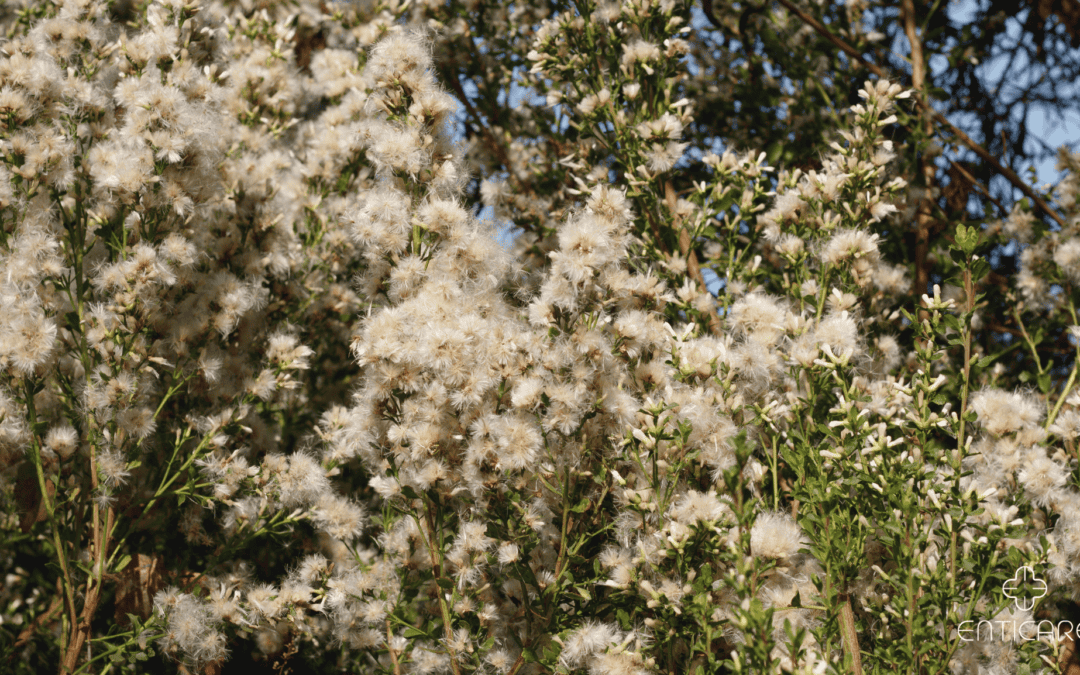In the world of flora, Baccharis stands as an unassuming genus, but lurking within its greenery are potential allergies that may catch you off guard. Brace yourself as we embark on a botanical journey to unravel the secrets of Baccharis allergies – a topic often overlooked but crucial for those seeking to understand and navigate the verdant landscape of allergens.
In the world of flora, Baccharis stands as an unassuming genus, but lurking within its greenery are potential allergies that may catch you off guard. Brace yourself as we embark on a botanical journey to unravel the secrets of Baccharis allergies – a topic often overlooked but crucial for those seeking to understand and navigate the verdant landscape of allergens.
Dating back millions of years, the baccharis, also known as groundsel bush, desert broom, or sea myrtle, thrives in various environments, from sun-drenched coasts to arid deserts, and even in urban landscapes. While often admired for its aesthetic appeal and ecological significance, individuals with allergies might experience a range of unpleasant reactions upon exposure.
Baccharis, a genus comprising various shrubs and plants, might not be a household name, but its presence is widespread, especially in certain regions. There are over 24 species and 26 accepted taxa of Baccharis in North America, with over 430 recognized species globally. The genus is most diverse in the Southwestern United States: Arizona and California each have 10 species, followed by Nevada (5), New Mexico (13), and Texas (12). Most species have evergreen or semi-evergreen foliage, with leaves ranging from narrow and willow-like to lobed and oval depending on the species.
They produce white or yellowish flowers in clusters during late summer and fall. Their fruits are achenes, which are dry, single-seeded fruits.
As we explore the potential allergens within Baccharis, prepare to be enlightened about the intricacies of plant-induced allergies that could be affecting you without you even realizing it.
Unveiling the Signs
Baccharis allergies can manifest in diverse ways, often mimicking other allergy symptoms. Here are some key signs to watch out for:
Hay fever
This includes symptoms like runny nose, sneezing, itchy and watery eyes, and congestion.
Skin reactions
The presence of hives, rashes, or eczema can indicate an allergic response.
Respiratory issues
In severe cases, individuals might experience wheezing, coughing, or difficulty breathing.
Causes and Risk Factors
While the exact cause of baccharis allergies remains under investigation, several factors might contribute to their occurrence:
Pollen exposure
Baccharis produces wind-borne pollen, readily inhaled and triggering allergic reactions in susceptible individuals.
Sensitization
Repeated exposure to baccharis pollen can increase the risk of developing allergies.
Existing allergies
Individuals with allergies to similar plants, like ragweed, might experience cross-reactivity with baccharis due to shared protein structures.
If you suspect a baccharis allergy, seeking professional medical advice is crucial. Your doctor can conduct allergy tests to confirm the diagnosis and recommend appropriate management strategies. Here are some general tips for effective management:
Minimize exposure
Identify areas with high baccharis concentrations and avoid prolonged exposure during peak pollen seasons.
Medication
Antihistamines and nasal corticosteroids, as prescribed by your doctor, can help alleviate allergy symptoms.
Immunotherapy
In some cases, allergy shots (immunotherapy) might be recommended to reduce sensitivity to baccharis pollen over time.
Now that you’re armed with insights into Baccharis allergies, take proactive steps to harmonize with the natural world around you. With awareness as your guide, you can revel in the splendor of Baccharis without succumbing to the potential pitfalls. Take the first step towards better health. Explore your treatment options with Enticare. Call us at 480-214-9000!

